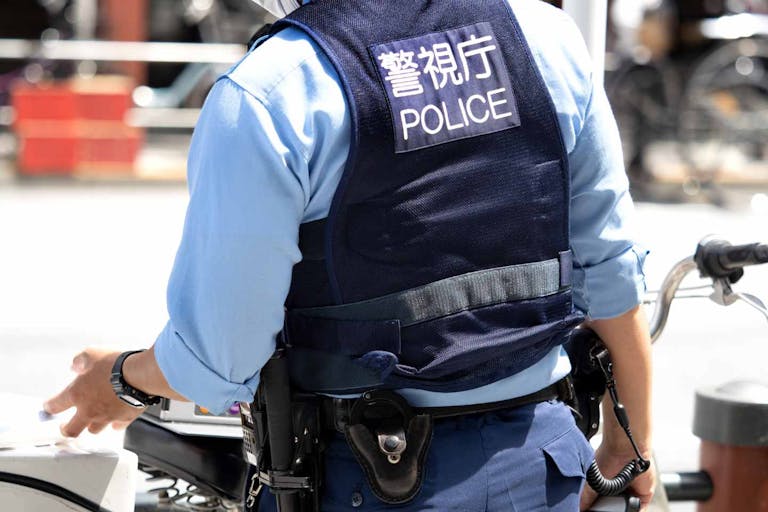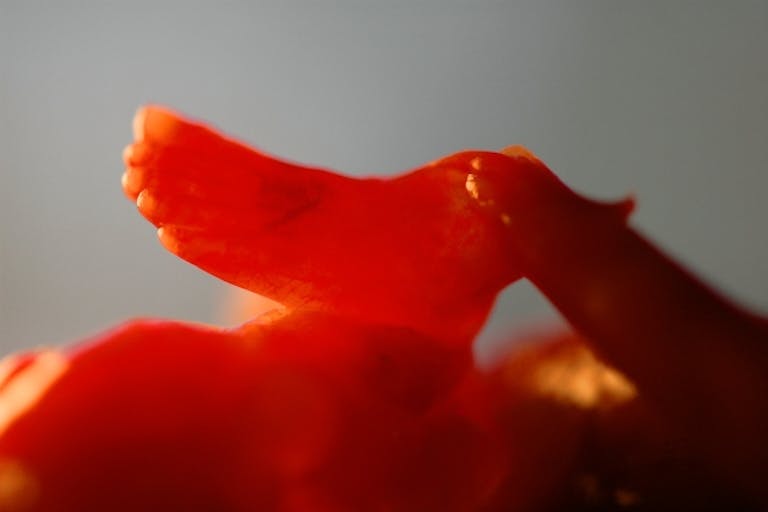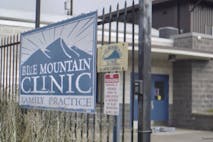
Dismembered infant found in freezer of Tokyo adult entertainment business
Angeline Tan
·
Reporter describes pile of small limbs from aborted babies
In an article called Inside the Abortion Clinic in Sacramento News and Review, reporter Chrisanne Beckner interviews abortion workers and patients in an abortion facility. She also writes about the human body parts left behind from the abortion babies.
The particular facility Beckner visited commits abortions up to 24 weeks. In a single year, the clinic does between 2,000 and 3,000 first trimester abortions, and 500 to 800 second trimester abortions. The vast majority of second trimester abortions are done by the D&E method. Dr. Anthony Levantino describes this type of abortion in the following video:

The workers in the abortion facility must examine the remains of each aborted baby. They must make sure that all the parts of the babies have been removed from the mother. Any body part left behind can cause a life-threatening infection for the mother.
In a D&E, the abortionist first dilates the woman’s cervix with small sticks called laminaria. These are usually left in overnight. Then, on the day of the procedure, the abortionist tears apart the baby with forceps. He dismembers the child, pulling off each limb, one at a time.
Beckner describes the remains she witnessed, left after these abortions were completed:
Below is a picture of the arm and foot of a baby aborted by D&E at 20 weeks:
This is the hand of a baby aborted by D&E at 18 weeks:
Article continues below
Dear Reader,
Have you ever wanted to share the miracle of human development with little ones? Live Action is proud to present the "Baby Olivia" board book, which presents the content of Live Action's "Baby Olivia" fetal development video in a fun, new format. It's perfect for helping little minds understand the complex and beautiful process of human development in the womb.
Receive our brand new Baby Olivia board book when you give a one-time gift of $30 or more (or begin a new monthly gift of $15 or more).
Why are these abortions committed? Pro-abortion advocates often claim that later term abortions are done only in the direst of circumstances — when there is a terrible health problem in the mother or baby. But Beckner reveals the truth she discovered after speaking with the abortion facility workers:
So these abortions are not done only for health reasons, but also — and in fact, mainly — because of circumstances, and even for sex-selection. Dr. Anthony Levatino explains in the video below why abortion is not ever medically necessary, even for health reasons. Many abortionists and OBGYNS admit that, medically speaking, abortion is not necessary to save the life of the mother. Furthermore, to end the life of a child because she has a defect or may have a shortened life sets aside her basic humanity, in which lies her implicit right to live, regardless of disabilities or abnormalities.

Although Beckner does not mention it, many first trimester abortions also yield recognizable remains. A preborn baby develops limb buds at five weeks after conception, her hands are moving at six-and-a-half weeks, and her tiny arms and legs are clearly visible just seven weeks after conception. Although the baby’s little arms and legs are much smaller in a first trimester abortion, they are still present and able to be seen.
Below is a picture of the legs and feet of a baby aborted in the tenth week of pregnancy. He or she was eight weeks from conception when she was aborted.
Abortion worker Tammy had this to say to Beckner before she left:
Sadly, Tammy and others do not care about the babies they abort, or about the pain abortion causes to countless women. Even though they examine the very human bodies of aborted children who are torn apart on a daily basis, they still work in the violent abortion business.
Editor’s Note: If you are facing an unplanned pregnancy, have begun an abortion and want information about abortion reversal, or need more facts about abortion or post-abortion healing, please see this resource.
Live Action News is pro-life news and commentary from a pro-life perspective.
Contact editor@liveaction.org for questions, corrections, or if you are seeking permission to reprint any Live Action News content.
Guest Articles: To submit a guest article to Live Action News, email editor@liveaction.org with an attached Word document of 800-1000 words. Please also attach any photos relevant to your submission if applicable. If your submission is accepted for publication, you will be notified within three weeks. Guest articles are not compensated (see our Open License Agreement). Thank you for your interest in Live Action News!

Angeline Tan
·
Investigative
Carole Novielli
·
Investigative
Nancy Flanders
·
Investigative
Nancy Flanders
·
Investigative
Carole Novielli
·
Investigative
Carole Novielli
·
Guest Column
Sarah Terzo
·
Abortion Pill
Sarah Terzo
·
Guest Column
Sarah Terzo
·
Guest Column
Sarah Terzo
·
Guest Column
Sarah Terzo
·